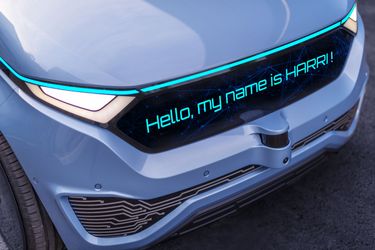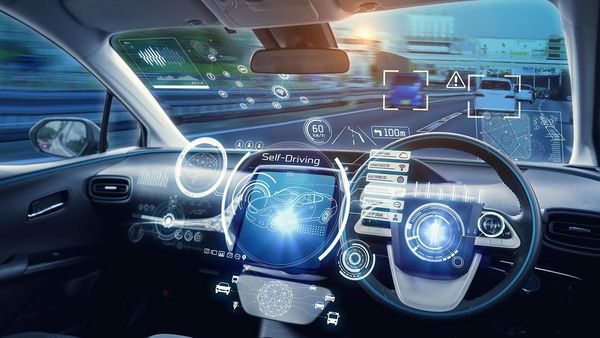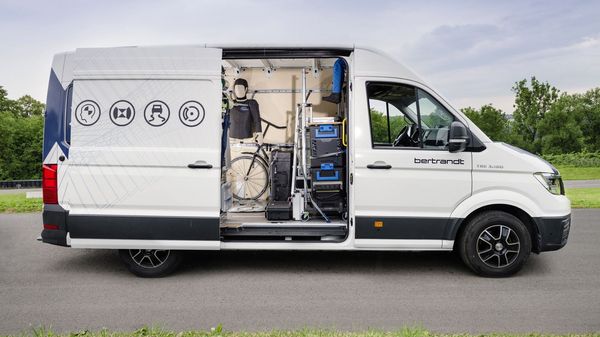
ADAS Validation – Reliable Driving Functions Under All Conditions
From driver assistance systems to automated driving: technical development is advancing at a rapid pace and we are seeing a continuous increase in both the degree of connectivity and the number of functions being implemented. In turn, the validation of driving functions is becoming equally more complex. Bertrandt is specialized in the validation of physical driving functions that relieve the driver – even as far as allowing the vehicle to take over driving completely.
The focus of our validation team is on three main areas: comfort functions such as Adaptive Cruise Control (ACC), active safety functions Warn, Brake, Avoid (WBA) and chassis control systems (Electronic Stability Control – ESC). Furthermore, we are also responsible for validating the actuators of the braking system.




